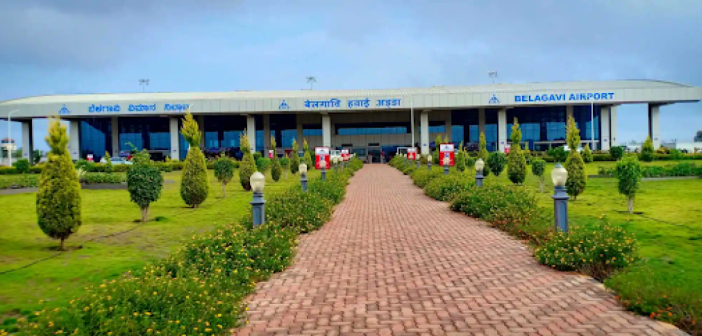In 2017, the Indian government launched a revolutionary scheme called UDAN (Ude Desh ka Aam Nagrik), translating to “Let the Common Citizen Fly.” This ambitious program aimed to transform regional air travel by making it affordable and accessible. But has UDAN truly led to a surge in air travel across India? This article delves into the scheme’s details, analyzes its impact on passenger numbers, and explores the challenges and opportunities that lie ahead.
UDAN: A Catalyst for Regional Connectivity
UDAN operates through a unique bidding system. Airlines compete for routes by offering the lowest subsidy required to operate on specific routes. The government then caps fares for a certain percentage of seats (typically 50%) on these routes, making them significantly cheaper. This financial incentive aims to attract airlines to unserved and underserved markets, often smaller cities with limited air connectivity.
The scheme prioritizes the development of regional airports, many of which were previously underutilized. By offering airlines financial support, UDAN encourages them to explore new routes and tap into the potential of these regional markets. This not only benefits passengers by providing them with a faster and more convenient travel option but also stimulates regional economies by fostering tourism, business opportunities, and cargo movement.
UDAN’s Impact: Numbers Tell the Story
Since its inception, UDAN has undoubtedly made a significant mark on India’s air travel landscape. Here’s a closer look at the scheme’s achievements:
- Network Expansion: UDAN has successfully revived and operationalized numerous unserved and underserved airports across India. This network expansion has connected smaller cities to major hubs, boosting regional integration.
- Surge in Passenger Traffic: UDAN has undeniably contributed to a rise in air passenger numbers. Reports suggest a significant increase in passenger traffic on regional routes, with some witnessing a growth of over 300%. This surge indicates a growing demand for air travel in smaller cities, previously hampered by high fares and limited connectivity.
- Affordability Boost: Capped fares under UDAN have made air travel a more attractive proposition for budget-conscious travelers. This has opened up new possibilities for leisure travel, business trips, and visiting family residing in distant locations.
Beyond Numbers: The Socioeconomic Impact
The impact of UDAN transcends mere passenger numbers. The scheme has demonstrably contributed to:
- Boosting Regional Economies: Improved connectivity facilitates the movement of goods and services, leading to increased economic activity in smaller towns. This can attract investments, create jobs, and stimulate local businesses.
- Enhanced Educational Opportunities: Easier air travel allows students from smaller towns to pursue higher education in bigger cities, promoting social mobility and access to quality education.
- Improved Medical Access: Timely air travel can be crucial for accessing specialized medical care in larger cities, particularly for critical emergencies. UDAN has facilitated faster medical evacuation, impacting lives significantly.
- Tourism Flourishing: UDAN has opened up new tourism destinations by connecting previously inaccessible regions. This can promote cultural exchange, generate revenue for local communities, and create opportunities for tourism-related businesses.
Challenges and the Road Ahead
Despite its success story, UDAN faces its share of challenges:
- Financial Sustainability: The long-term financial viability of UDAN hinges on striking a balance between affordability and profitability for airlines. Continued government support and potential fare revisions might be necessary.
- Infrastructure Development: Developing proper infrastructure at regional airports, including ground handling facilities and efficient security checks, is crucial for smoother operations and passenger experience.
- Operational Challenges: Airlines might face operational challenges, including lower passenger loads on some routes and ensuring on-time performance in smaller airports with limited resources.
UDAN 2.0: Taking Flight to the Future
Recognizing the scheme’s success, the government launched UDAN 2.0 in 2019. This iteration focuses on further expanding connectivity, including seaplanes and helicopter services for even more remote regions. It also aims to enhance operational efficiency and attract more airlines by offering additional incentives.
Conclusion: UDAN – A Soaring Success Story
UDAN has undoubtedly revolutionized India’s air travel landscape. By making air travel affordable and accessible in previously underserved regions, the scheme has triggered a surge in passenger traffic and demonstrably impacted the socioeconomic fabric of the nation. While challenges remain, UDAN’s continued success hinges on addressing these roadblocks and forging strategic partnerships. With ongoing government support and a focus on operational efficiency, UDAN can ensure that the “common citizen” truly takes wing and explores the vast expanse of India by air.






